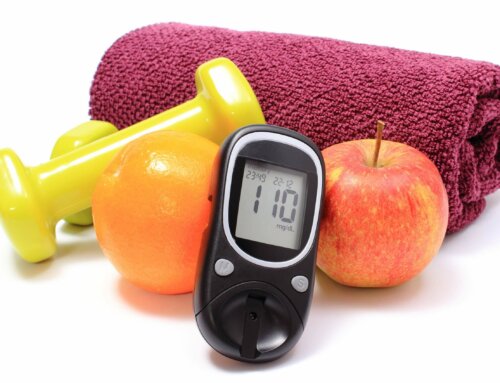According to the latest research from the CDC published in August 2014, “40% of Americans will develop diabetes in their life times, with minority groups being affected the most. Up to 50% of black women will develop diabetes and 50% of Hispanics, both men and women, will also have diabetes”. It is stated that the risk of diabetes has escalated in the last 30 years because of the two strongest predicting risk factors – obesity and a longer life span.
Other factors mentioned in the results for increased rates of diabetes were super-sized fast food meals, portion sizes served in restaurants, beverages filled with sugar, refined foods, grabbing a meal outside the home more frequently, and a decrease in exercise and fitness levels. It is certain that genetics and ethnicity also plays a huge part. We have often addressed the topic of eating slower, but let’s examine a few new ideas, theories and products.
Stand up between each dinner meal course.
Start with a simple full glass of water and stand. Follow this with a cup of broth or vegetable based soup and stand. Next include a large salad of greens and a handful of vegetables you have never tried. Make your own salad dressings out of simple ingredients including oil, vinegar, light soy sauce, garlic, fresh herbs, shallots, Dijon mustard, or lemon juice. Stand up and move around. The main course can include a protein (such as a 3-5 ounce portion of chicken, fish or meat) with 1-2 servings of a whole grain carbohydrate. Finish and stand. To increase satiety, sip water, hot tea or a zero calorie beverage throughout the meal. It may seem impossible to spend all this time eating for most of us, but slowing down your eating in any way possible will have an impact on total intake. Make it into a game or challenge – stand at least once during dinner.
Alcoholic beverages have been discussed previously, and they do contain extra calories with no nutritional value.
The other issue is too much alcohol can have an impact on your ability to recognize real hunger. Drinking alcohol tends to increase overeating since it removes most self control. You tend to lose your decision making abilities.
Never keep trigger foods at home.
If you physically have to get in the car to get your favorite snack or cheat food, chances are you will often forgo it.
Keep the fridge and pantry stocked with easy foods to grab
This includes hard boiled eggs, fresh or frozen fruit without syrup, hummus, cheese sticks, snack cups of cottage cheese, sugar free Jello, unsweetened applesauce, cut up vegetables, unsalted almonds, Wasa crackers, almond butter and self air popcorn. Some people prefer the snack size of Glucerna, Boost or Extend shakes or bars, since they are a fixed serving size and carbohydrate friendly to people with diabetes. Have a variety of hot black, white, or green teas to sip all day long. Use sugar-free flavored drops in water if you prefer flavored over plain water. Have flavored calorie free waters available.
Choose plain yogurt over fruit flavored or yogurt with syrupy fruit on the side.
Eat Greek plain yogurt and add your own flavorings, such as fresh berries and cinnamon. Although yogurt is counted as a carbohydrate, it contains protein as well to keep you satiated. Plain yogurt is high in calcium, riboflavin, phosphorous and vitamin B-12.
Keep cereal choices simple like plain Cheerios or slow cooked oatmeal.
Stay away from prepared granola; consider making your own with oatmeal flakes, unsweetened coconut, raisins, pumpkin or sunflower seeds, walnuts, and cinnamon. Soak it over night in Kefir to make your own Muesli. Portion size is crucial when eating cereals.
Apps to help slow down eating
There are many free available apps which can help with your eating choices and speeds. Try My Fitness Pal, which can track your foods as you enter them daily.
These methods may sound too involved and silly for some, yet exciting to others. Try the tricks that appeal to you to see how to remain on track. Reducing your weight by 5-10% by using these methods can be extremely helpful, but more importantly, think about your blood sugar control and 3-month A1C. You can do it!
NOTE: Consult your Doctor first to make sure my recommendations fit your special health needs.







Leave A Comment